Data. The most flashy word out there.
The next buzzword – “data-driven”.
Business owners chase after being “data-driven”. But what if the insights you’re driving from your sales data is inaccurate?
Because your sales data quality is messy to begin with.
Imagine – you invest in new products, expand to new markets or change your marketing strategy just to realize the data used to inform such decisions was inaccurate.
Disaster – wasted resources, lost revenue, and damage to your reputation.
How to avoid this nightmare?
Invest in improving your sales data quality.
In this article, we will learn all about sales data quality and how you can save thousands of $$ by taking the steps mentioned.
Why is Data Hygiene Such a Nightmare?
I think the biggest part has been just pulling the right kind of data to see you know what or how effective or even so the closing rates of some of the initiatives are.
Trent Allen, revops manager, maxio
Maintaining quality data that is good enough to yield accurate insights is the biggest part of every business today as said by Trent Allen. Yet, dirty data is costing the U.S. economy a whopping $3.1 trillion per year.
If this isn’t eye-opening for you, let us spill more beans. Your business is losing out on 12% of its revenue due to bad data.
Now, that’s a little wake-up call.
But, what makes data hygiene this difficult?
- The volume of data that businesses deal with on a daily basis makes quality assurance challenging
- Manual data entry accounts for human error leading to inaccuracies and inconsistencies
- With outdated management practices. data can become obsolete, incomplete, or irrelevant over time
- Incompatible platforms in place that do not provide robust data validation or cleansing capabilities
What Does Bad Quality CRM Data Mean?
Imagine you’re at the beach, excited to build a sandcastle. But instead of taking the time to find the perfect sand—clean, fine-grained, and ideal for shaping—you simply start piling up whatever you can find.
The result? A sandcastle that is nothing less than a disaster.
The same goes for bad-quality CRM data. It’s like constructing a castle using sand filled with all the unwanted materials. Just as your sloppy sandcastle won’t stand the test of time, relying on poor CRM data won’t bring long-term success to your business.
Simply put, bad-quality data refers to information that is inaccurate, incomplete, inconsistent, or outdated making it unreliable for analysis or decision-making purposes.
Data quality today is one of the factors that can differentiate a successful business and a failure. As Melissa McCready puts it:
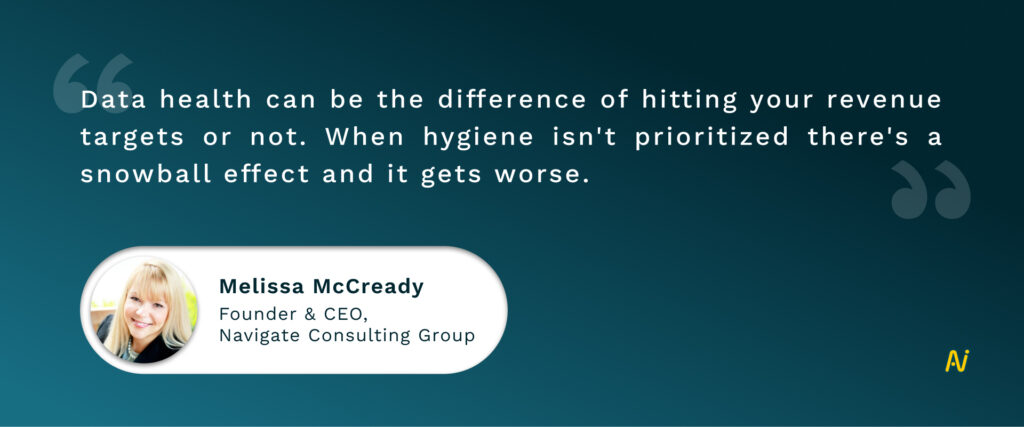
Types of Bad Quality Data
Bad quality data is not just limited to wrong data. There’s more to it. Here are different types of data that can exist in your CRM.
1. Inaccurate data
The #1 type of bad data is that contains errors or false information producing unreliable or incorrect business insights.
2. Incomplete data
Data that lacks necessary details or is missing certain required fields is another type of bad data resulting in limited analysis.
3. Inconsistent data
The type of data that exhibits variations or discrepancies across different sources or within the same dataset also leads to conflicting or unreliable conclusions.
4. Duplicate data
Multiple instances of the same data existing within the CRM system also turn your data bad and causes confusion, inefficiency, and inaccurate reporting.
5. Poorly organized data
This is the type of data that is disorganized, unstructured or lacks proper categorization, making it challenging to retrieve, analyze, or interpret effectively.
6. Insecure data
A data set is also deemed bad when it is vulnerable to unauthorized access, breaches, or theft, potentially compromising the privacy and integrity of customer information.
7. Irrelevant/Outdated Data
Data that is unrelated or no longer applicable to the goals or objectives of the CRM system also results in wasted resources and lesser analytical insights.
These data issues undermine the reliability of the data for decision-making.
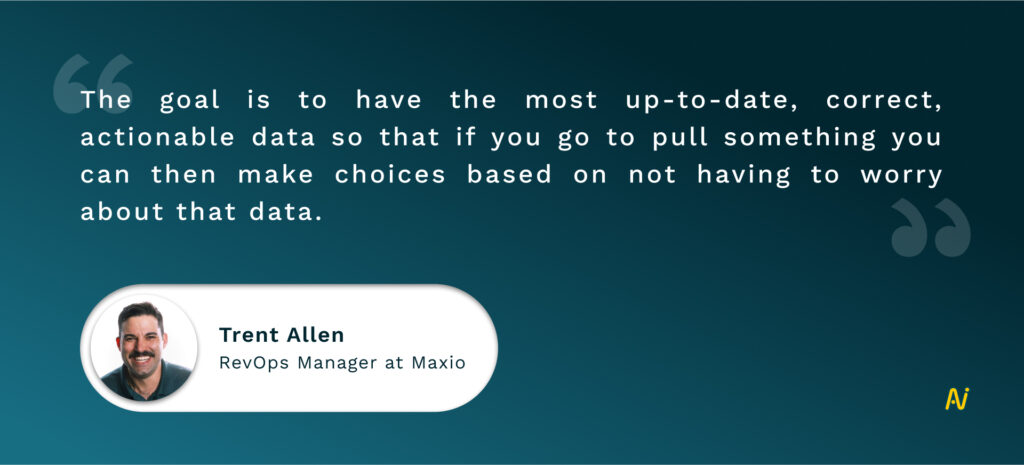
Here’s how to get rid of those data dumps and put your business back on track.
6 Steps to Elevate Sales Quality Data in your CRM
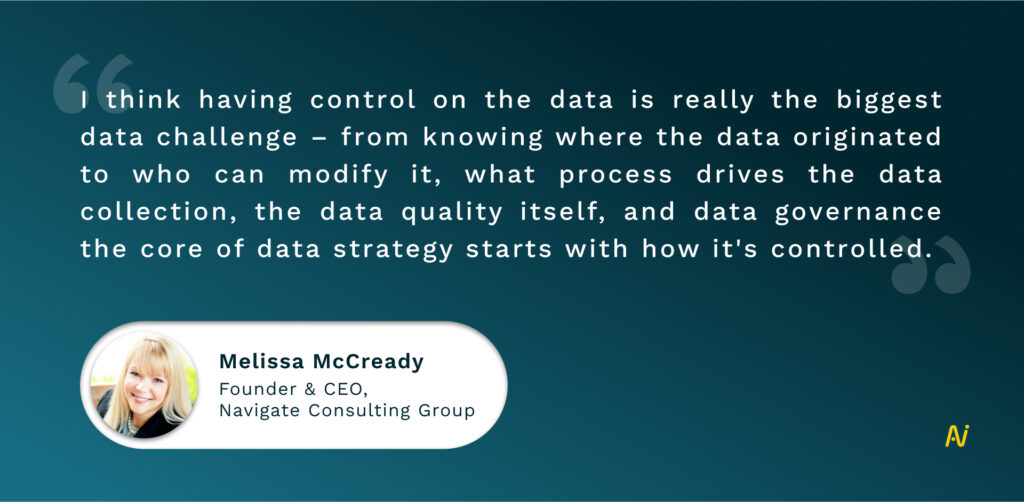
Let us now learn how to have strong control over data and what can be done to protect your business from the damaging effects of bad sales data quality.
Step 1: Establish data governance
Start by setting up a structured framework to govern your data, including defining roles and responsibilities, establishing data ownership, and implementing policies and procedures for data collection, storage, and maintenance. This ensures accountability and control over your sales data improving reliability.
This very sentiment is echoed by Trent Allen, the RevOps Manager of Maxio who states “I think when you have an extremely clean CRM your team’s not worried so much about filtering through that information.”
Step 2: Document everything
The next step is to create a well-defined plan that documents how you will collect, manage, and leverage data in your CRM system. Consider factors such as data sources, data quality requirements, data privacy regulations, and data lifecycle management. A clear strategy provides direction and consistency in handling data.
Step 3: Leverage automation
“Number one reason bad data goes in CRM starts with people making decisions about it. So it goes from people having access to import bad data. Maybe they’re missing processes and automation to keep the data controlled.”
McCready Melissa, CEO of Navigate Consulting Group
Employ technology solutions and tools like Nektar to automate data-related processes, such as data entry, validation, and cleansing to reduce manual errors. This boosts efficiency, enforces standardized data practices, and ensures better data quality.
Step 4: Enrich data in CRM
Improve the value of your sales data by enriching it with additional information, such as customer demographics, purchase history, or company profiles. This enriched data provides deeper insights and enables better segmentation, personalization, and targeting. Use tools like Nektar to have the sales contacts auto-updated with the buying roles and new data.
Step 5: Ensure seamless data integration
Next, integrate data from various sources and systems across your business, such as marketing platforms, customer support systems, and sales channels. Seamless data integration eliminates data silos and allows for a holistic view of customer interactions, resulting in more accurate and comprehensive data.
Step 6: Continuously monitor, improve, and foster a data-friendly culture
Finally, regularly monitor the quality of your sales data through data audits, data validation checks, and error reporting mechanisms. Actively ask for feedback from users to identify improvement areas and implement necessary changes.
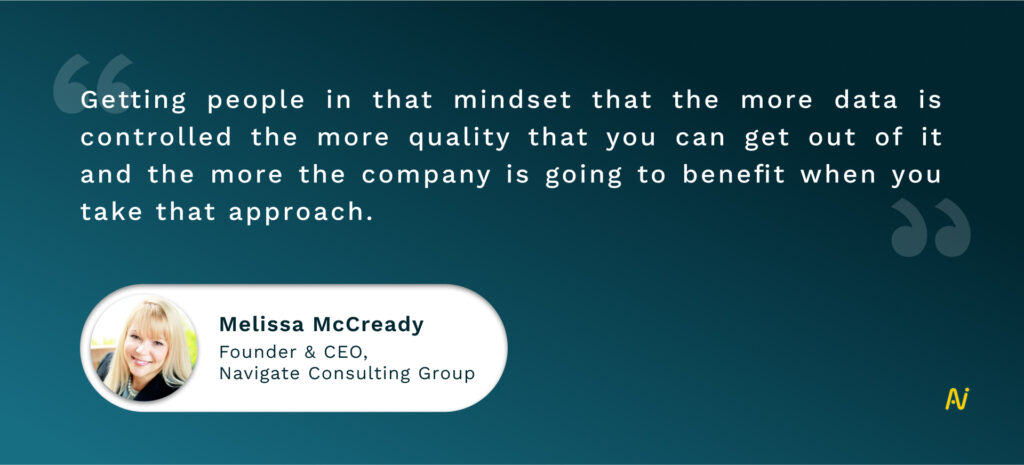
Provide training, promote data literacy, and emphasize the importance of data quality and integrity throughout the business.
Industry experts like McCready Melissa stress that there’s no one size fits all approach to data. Therefore, it is important to tailor the above process according to your business needs and goals, and size.
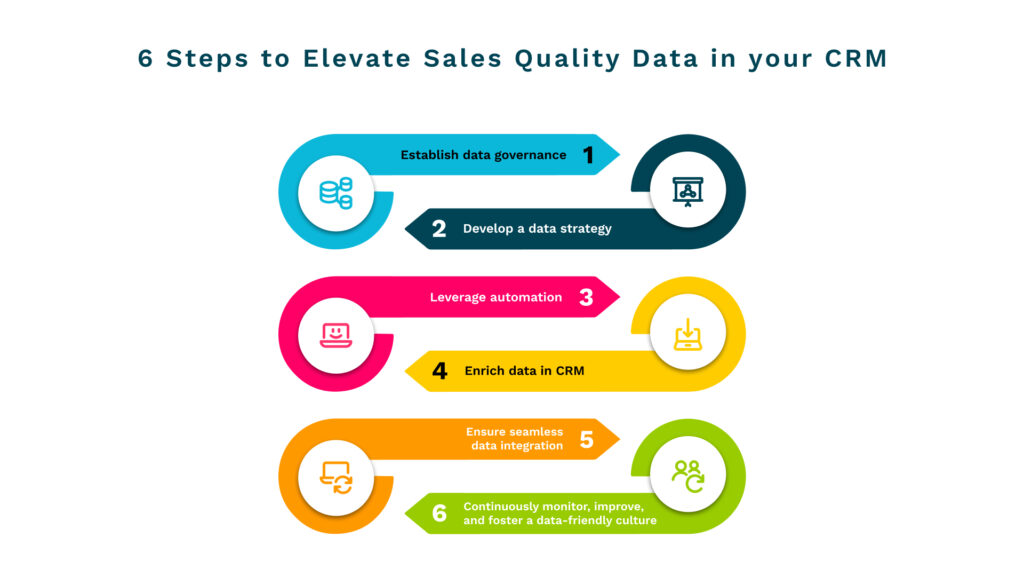
Take Charge of your Sales Data Quality
Data can unlock a multitude of benefits but only when it is of good quality. That’s why it’s important to prioritize sales data quality and take action to clean up any messes lurking in your CRM.
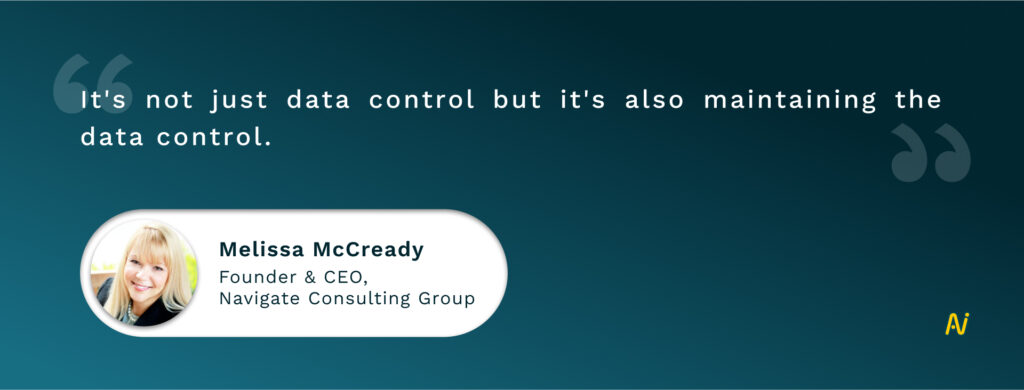
Remember, data quality isn’t a one-time fix. It’s an ongoing process that requires continuous monitoring, refining, and adapting. Embrace the power of clean data, invest in tools like Nektar and deploy strategies that support data quality, and watch your revenue soar.
Don’t let your data sit there gathering dust—unleash its true potential and let it guide you toward a brighter future for your business. Talk to us to learn how you can put your data hygiene on auto-pilot.








